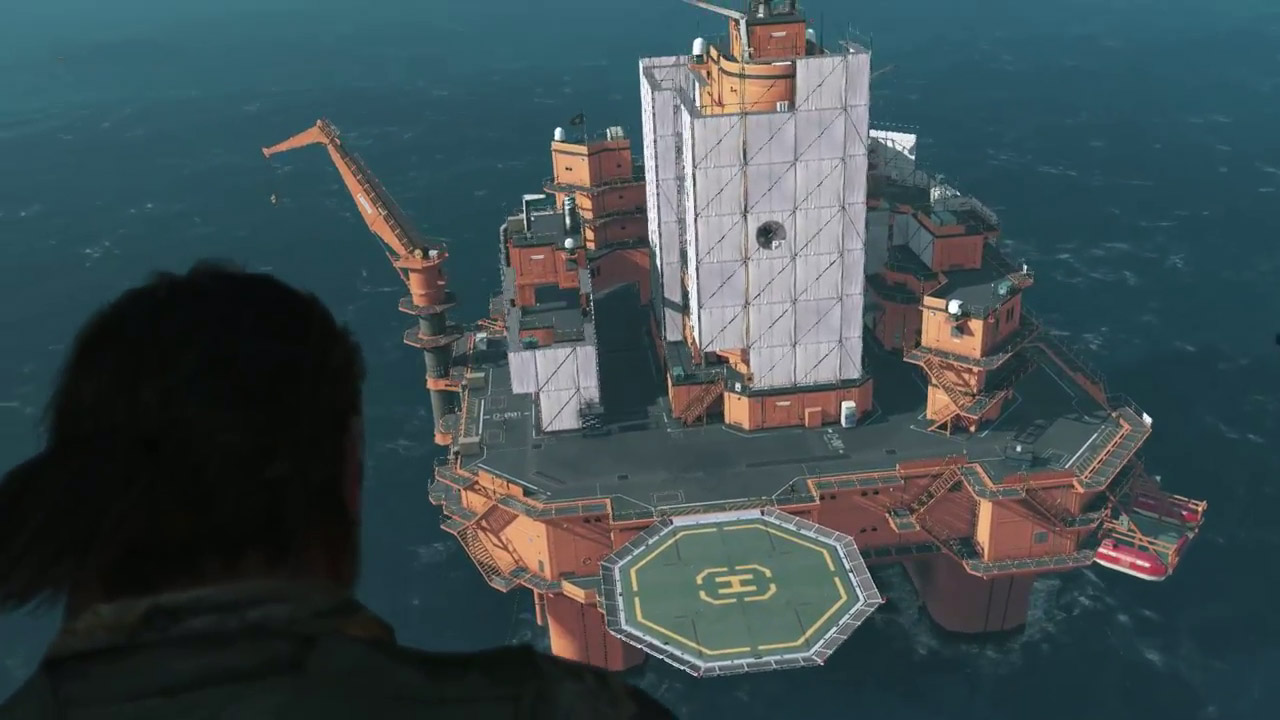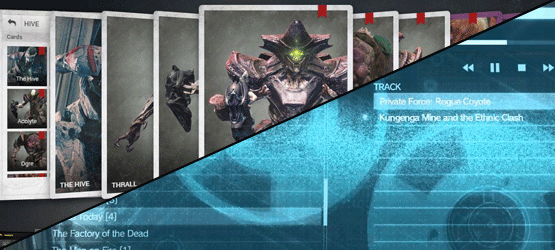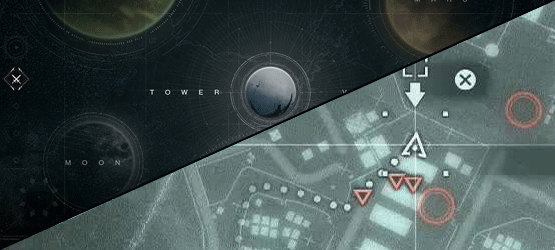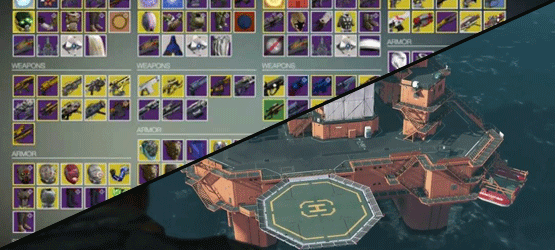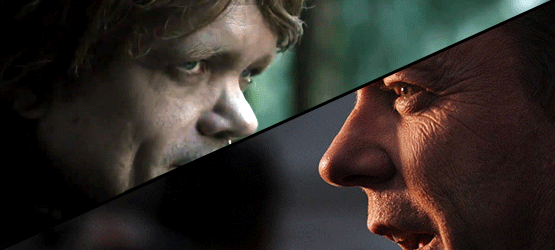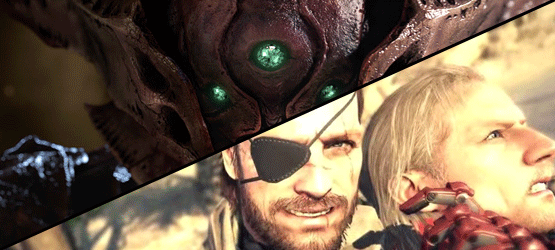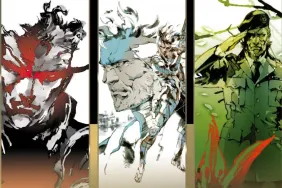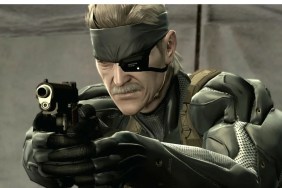Metal Gear Solid V: The Phantom Pain adheres to a formula far more strict than previous entries. It’s true that while other games in the MGS series were more linear, it was still a space Kojima was confident in and it allowed him to play with the limitations of that structure to create groundbreaking results that landed firmly outside the box.
With MGSV, Kojima found himself in unfamiliar territory and so walked the path laid by other open-world games. A smart move, but it also meant the game would wear its inspiration on its sleeve.
As I broke Destiny and MGSV into their disparate parts it wasn’t the fact there were similarities that shocked me, it was the extent of those similarities. Many games share some bit of DNA with one another, but these are two games made in different parts of the world. They are in completely different genres. One is new IP, the other established. On paper they look nothing alike, but their bones tell a completely different story.
Stick with me. It’ll be fun.
Confusing, Sectioned Off Story? Check!
Even if you don’t agree with me in total, most of us can agree that the Metal Gear lore is abstruse at best. MGSV goes one step further though in parceling away many of its characters’ thoughts and actions in the form of tape recordings. This mechanic not only hides context for missions, it also obscures crucial character motivations. The fact that Kojima gave us the option to completely ignore why any of his characters are doing whatever they’re doing feels like a reaction to much of the criticism lobbed his normally intrusive narrative’s way.
Bungie employed a similar system with its lore. Do you want to know who that character is, why they’re trying to blow your face off, or why that one guy is doing the robot in the middle of a firefight with Oryx? Then head over to bungie.net to find the answers to (most of) these questions and more! Admittedly, Bungie’s Grimoire Cards, unlocked by achieving certain in-game milestones, are a far more egregious solution than MGSV’s. But they both seem to acknowledge an acceptance that their story content is weak or irrelevant to players.
The sad thing is that both Destiny and MGSV contain rich lore and backstories worth exploring. Locking them away was a disservice.
Hundreds of Meaningless Missions? Check!
MGSV and Destiny have near-identical approaches to their mission structure. A handful of twenty-or-so story missions (many of which act just like their side mission counterparts) strung together with cutscenes that punctuate epic engagements between characters you probably know next to nothing about (unless you like to sit and listen to cassette recordings or cruise digital encyclopedias).
In order to freshen up the gameplay between story missions, each developer has provided hundreds of variations on a handful of mission types that take place in a set number of locations. Destiny contains several planets and its players have definitely seen every inch of their play areas hundreds, if not thousands, of times, as they complete missions granted them by disembodied voices that spring from blinking green lights.
MGSV offers 157 side ops that alternate between a few mission types (e.g., kill a guy, kill lots of guys, kidnap a guy, blow up a tank, get a goat) that all take place in the same handful of brown locations. You’d think someone would just close up shop after the twelfth instance of high-ranking officers being kidnapped at one location.
Since these missions are only loosely (at best) related to the main game, there’s no real reason to complete them except to fuel my next point.
Uses Established Genre as a Trojan Horse? Check!
MGSV is a stealth action game. Destiny is an online FPS. Neither of those statements are accurate.
MGSV uses stealth action as a means to let you recruit an entire army, construct a massive base in the middle of the ocean, and then place defenses on it to protect it from a constant stream of attackers. MGSV is as much a stealth action game as it is tower defense.
Destiny uses first-person shooting as a means to let you join Ash and Pikachu on their mission to catch ’em all. Okay, Pokémon is not a genre, but Destiny is about collecting loot first and foremost. It’s a fantastic collectible simulator with a great FPS entry point. It has equally as much in common with Hearthstone (published by new bff Blizzard) as it does Halo.
Wasted Hollywood Talent? Check!
I’ll admit, this one is probably coincidence, but it’s just too bizarre to ignore. Both games cast a high profile television actor to add some star power to their titles. Bungie cast Peter Dinklage and Kojima cast Kiefer Sutherland. Both of these performances ended up being the weakest in the game. Destiny is sprinkled with wonderful voice acting from industry veterans, as is MGSV, all of whom outshine the Hollywood talent at every turn.
Peter Dinklage was replaced by none other than Nolan North and, while not in the same fashion, Kiefer Sutherland was replaced by a walkman save for the odd times when our hero decides to open his mouth and pretend to be human.
Makes Players Wait for the Full Experience? Check!
By most accounts (mine included), Destiny really came into its own with The Taken King. More story content is available in-game, the missions feel varied, and a host of other improvements were added to the weapons and armor side of things. It took one year for this game to really carve out its identity and, in many ways, simply come up to par with others in the genre.
MGSV is in a slightly different boat in that we weren’t waiting for game improvements, we were waiting for an entire mode. It’s difficult to say how much Metal Gear Online will immediately affect the overall value of the game, but it’s safe to say it’s a massive chunk of content that Konami held back for a month after release.
Launched Amid Controversy? Check!
Kojima vs. Konami. Marty O’Donnell vs. Bungie. It’s true, Kojima’s public falling out with Konami had a much more significant impact on the industry, but it can’t be overlooked that both games launched without their original crew intact.
Marty O’Donnell was part of the soul of Bungie. He was responsible for the iconic Halo themes and worked with Paul McCartney on music for Destiny. While he didn’t have as much overall input as Kojima, it’s worth noting that both of these games were made under tense conditions.
Take a look at these full screen pics now and let these revelations soak in. Then finish off the last paragraph for the moral of the story.
Fighting for Peace? Check!
This whole comparison puts rampant fanboyism and console wars into a completely different perspective when you realize how closely related these properties can be. It makes me wonder how many times I’ve inadvertently condemned my own preferences while criticizing the favorite games of others. Obviously, we’re each going to like and dislike different things, but the parallels I found here make me wonder how many other games I might enjoy if I just gave them a chance.
I think Kojima would like that sentiment.
Note: The view expressed in this article is solely that of the author’s and does not represent that of PlayStation LifeStyle and its entire staff.
Parallels Between Destiny and MGS5
-
Destiny Team Shot
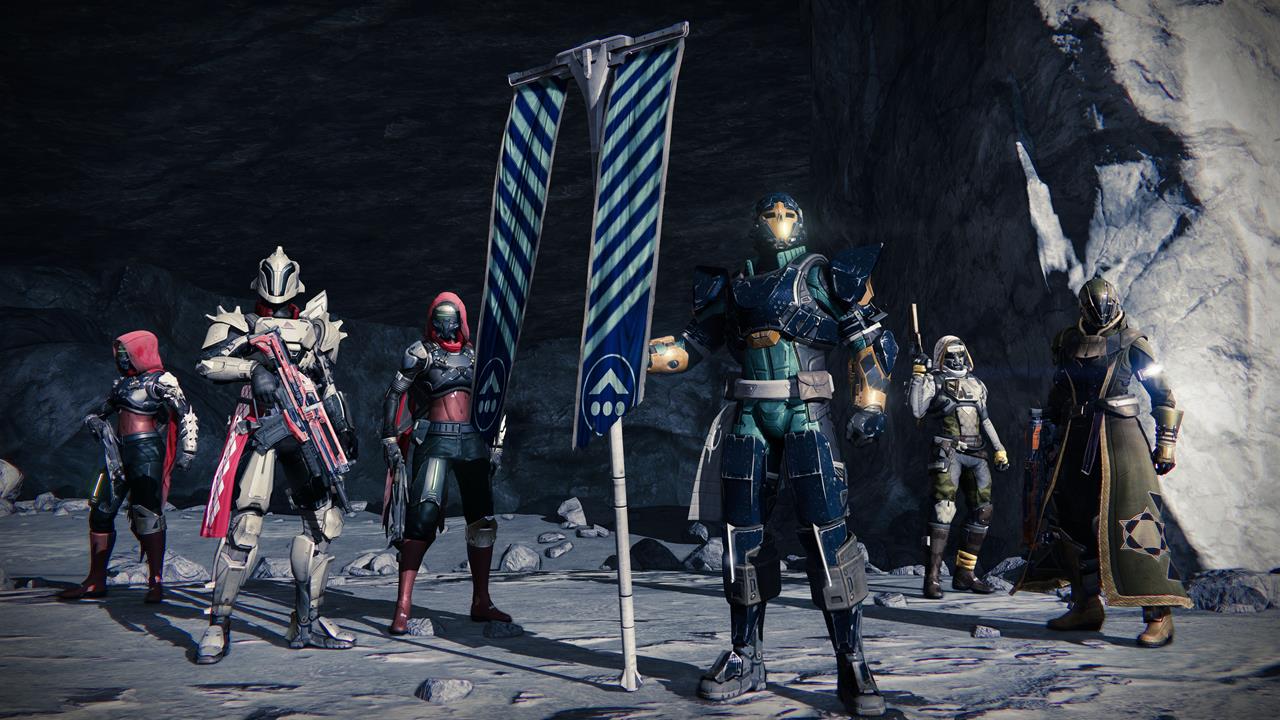
-
MGSV Team Shot
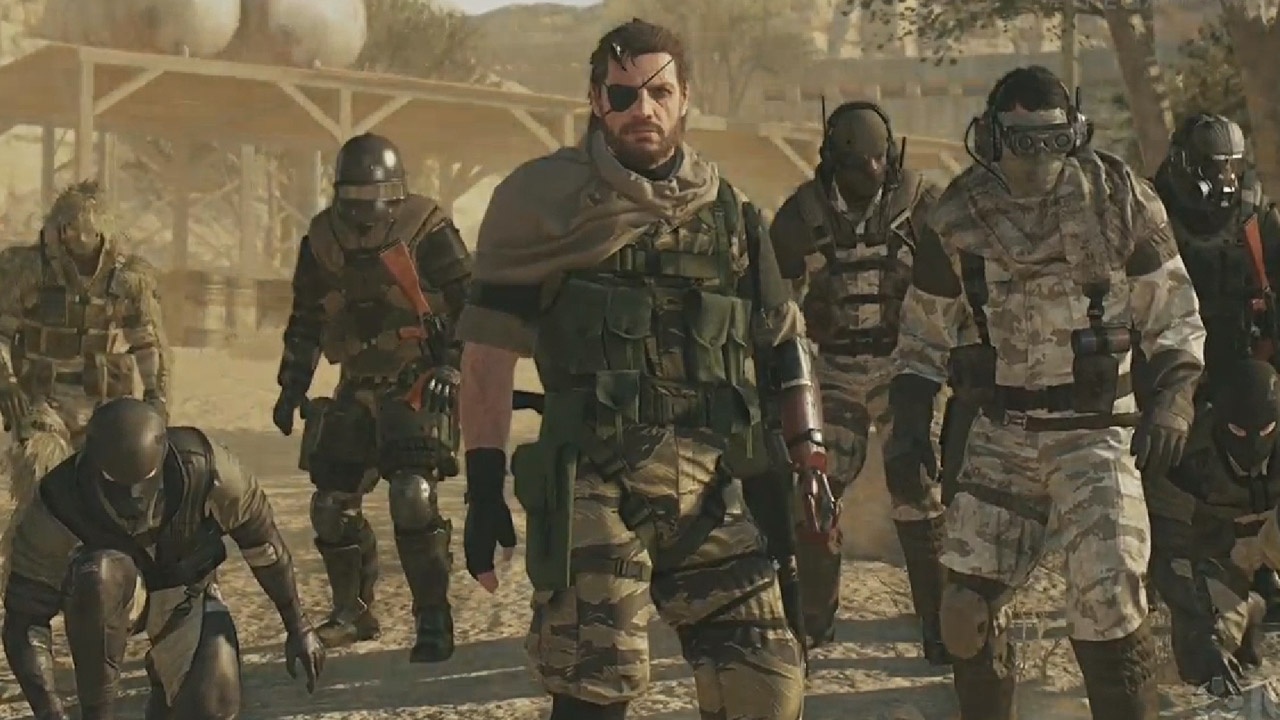
-
Destiny Story Fail
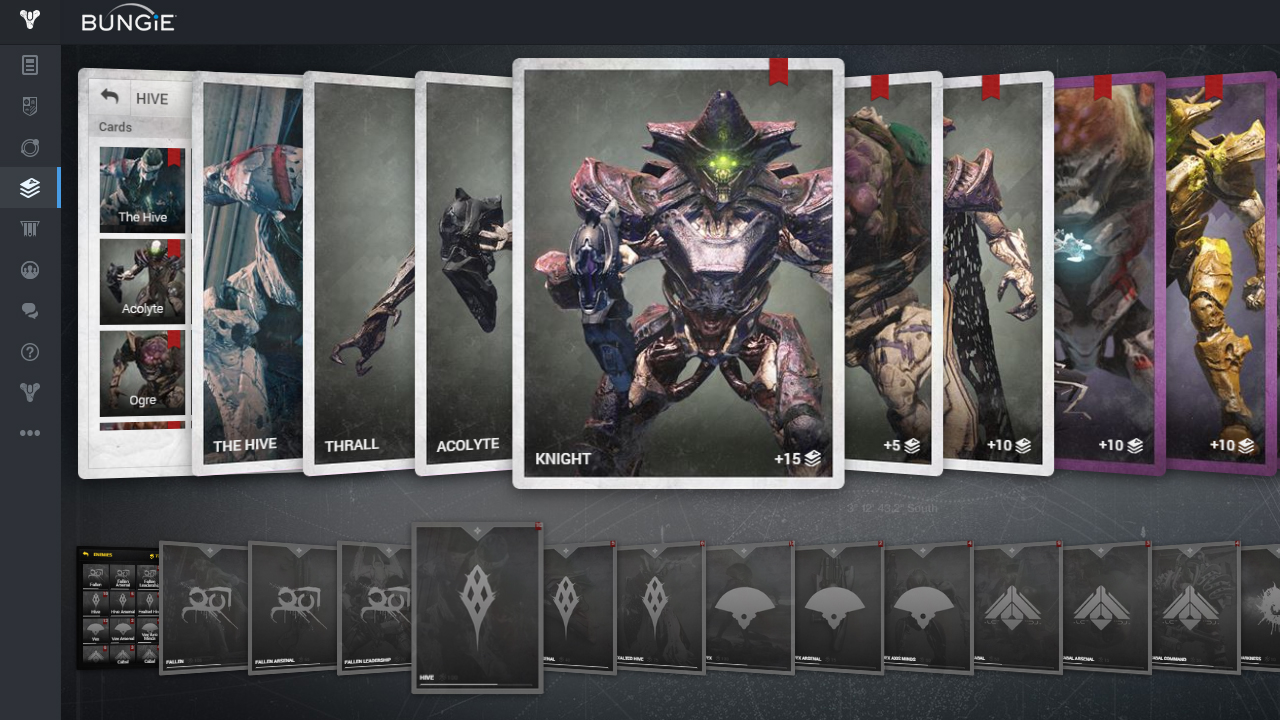
-
MGSV Story Fail
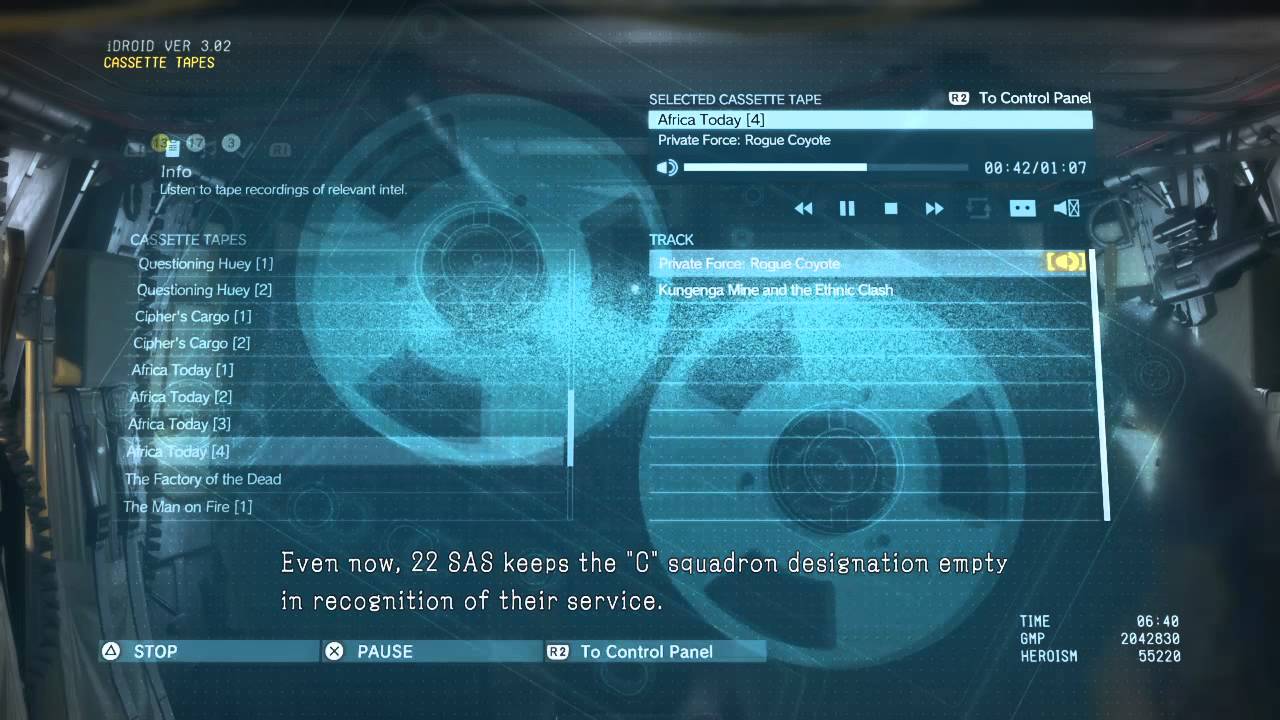
-
Destiny Mindless Missions
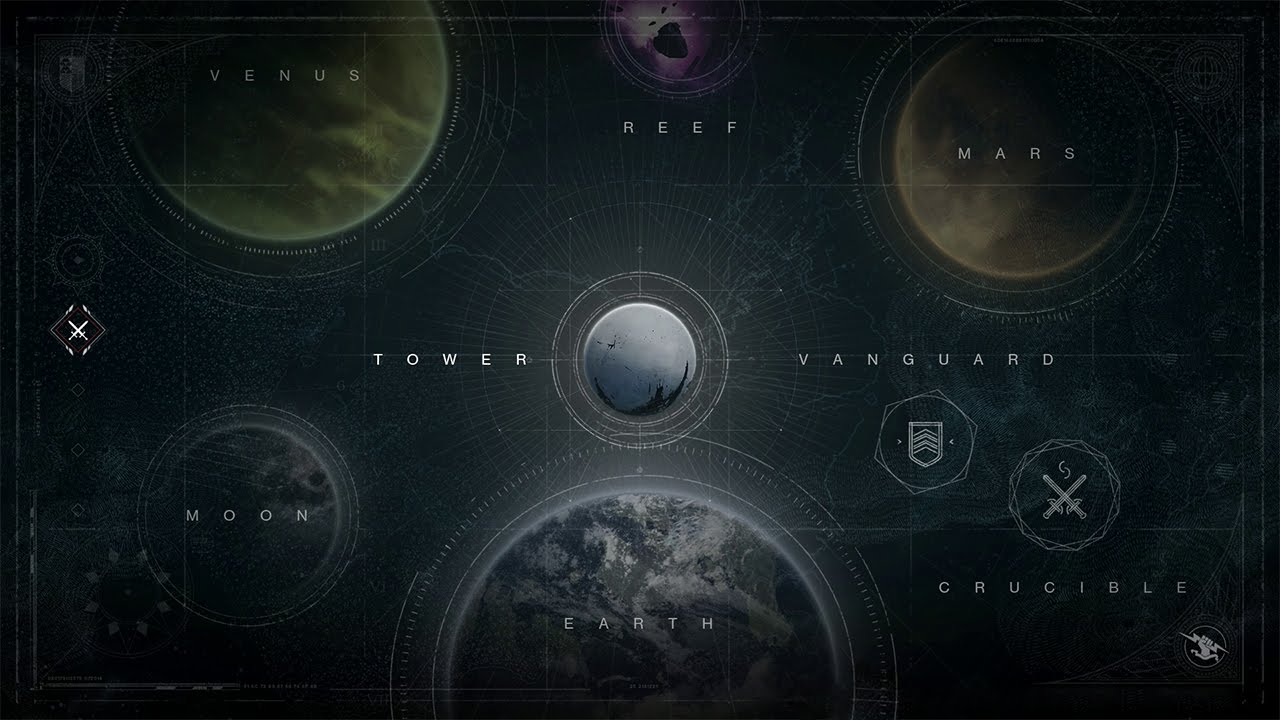
-
MGSV Mindless Missions
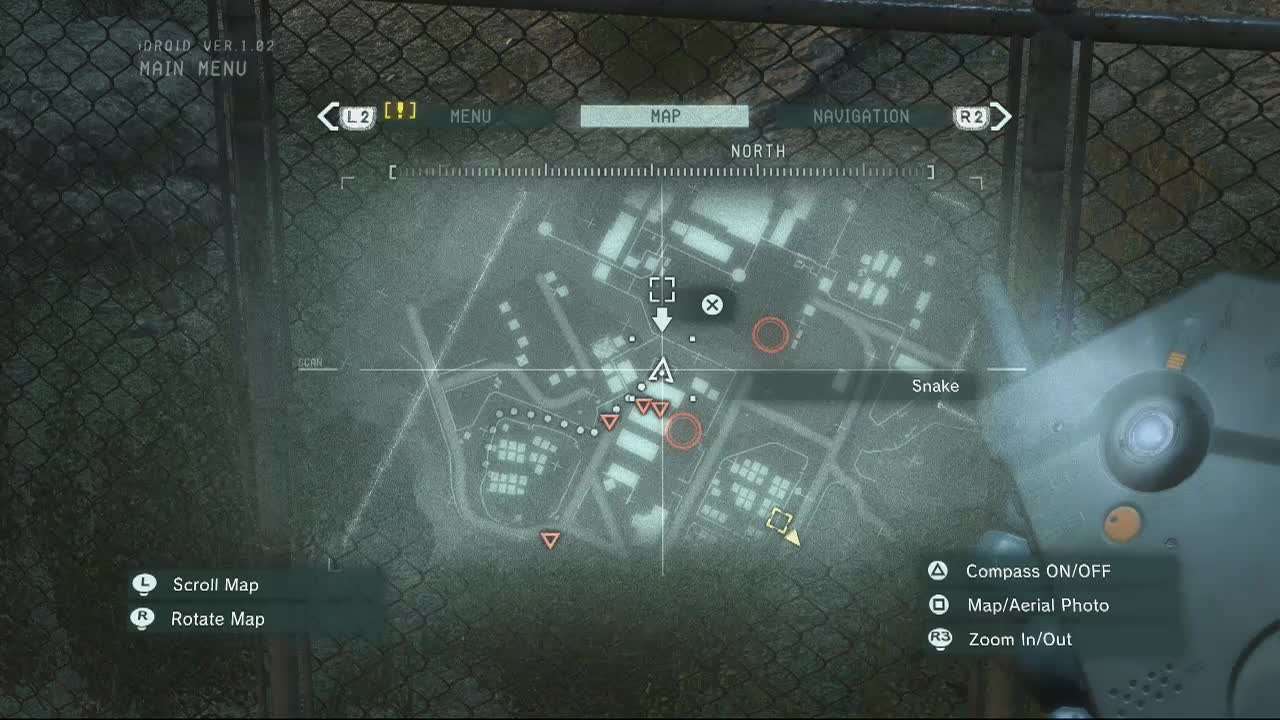
-
Destiny Bust

-
MGSV Bust
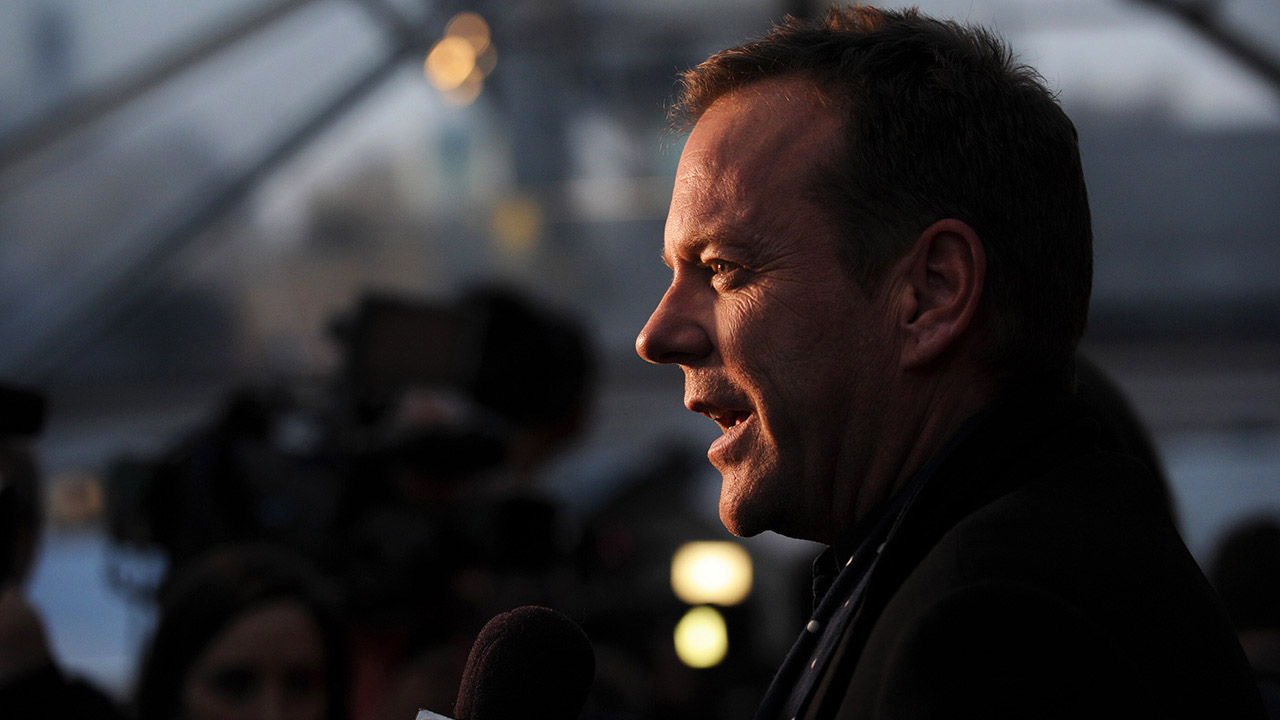
-
Destiny: The Taken King
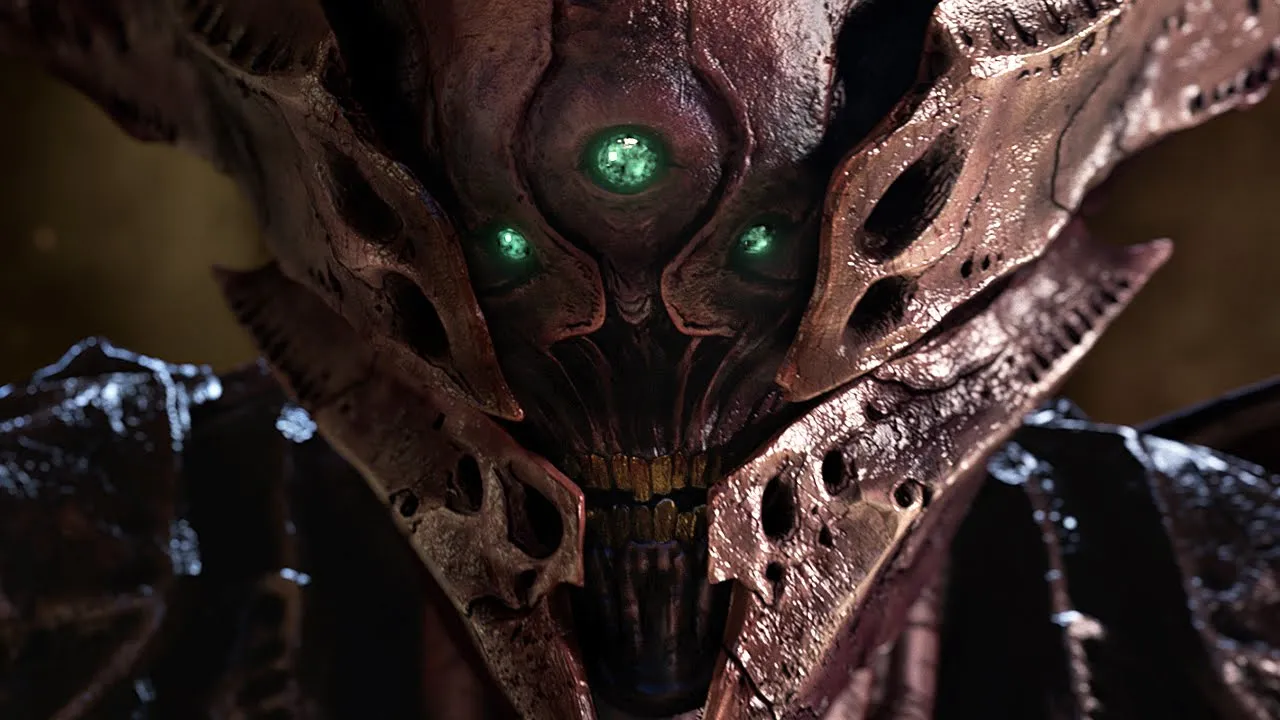
-
MGSV Online
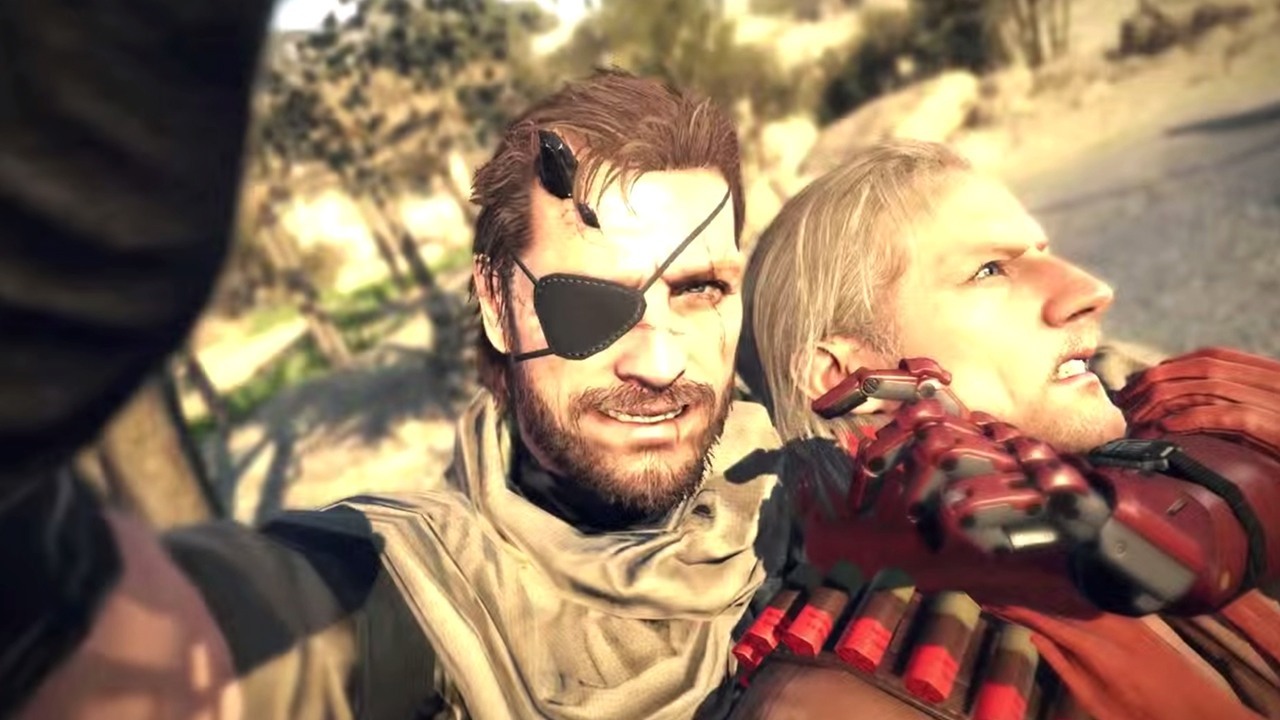
-
Destiny's Boring Base
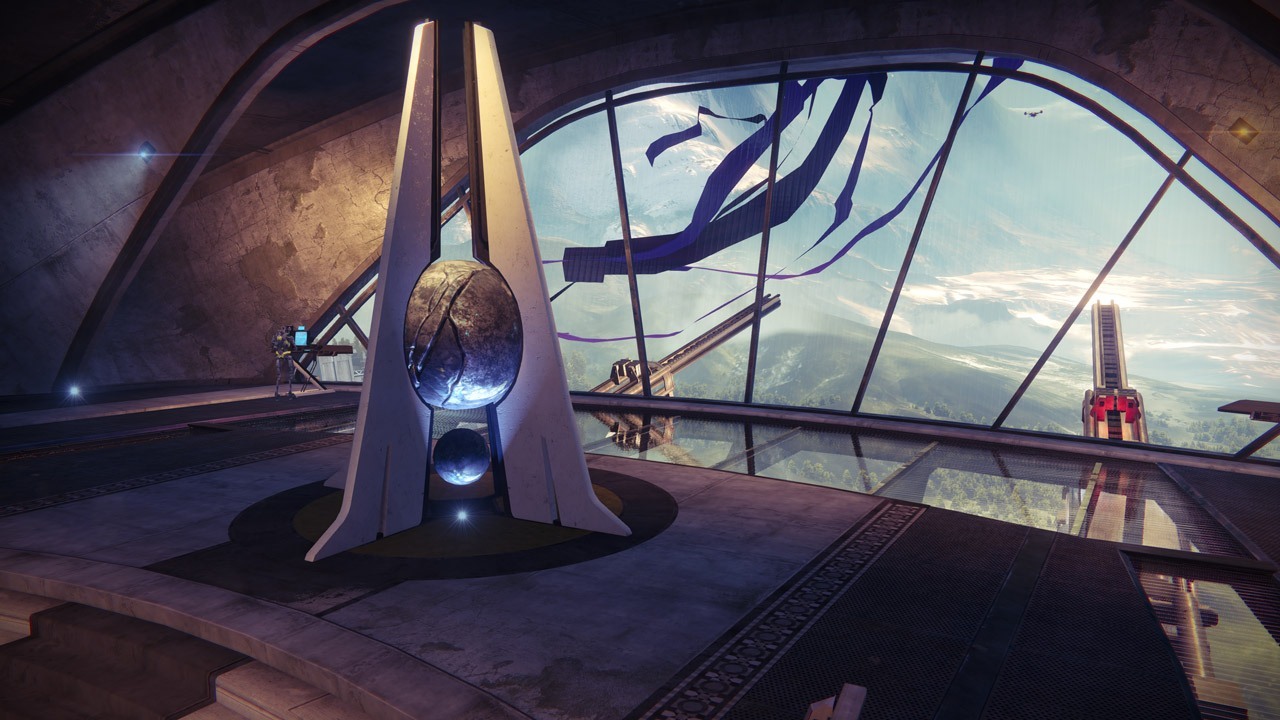
-
MGSV's Boring Base
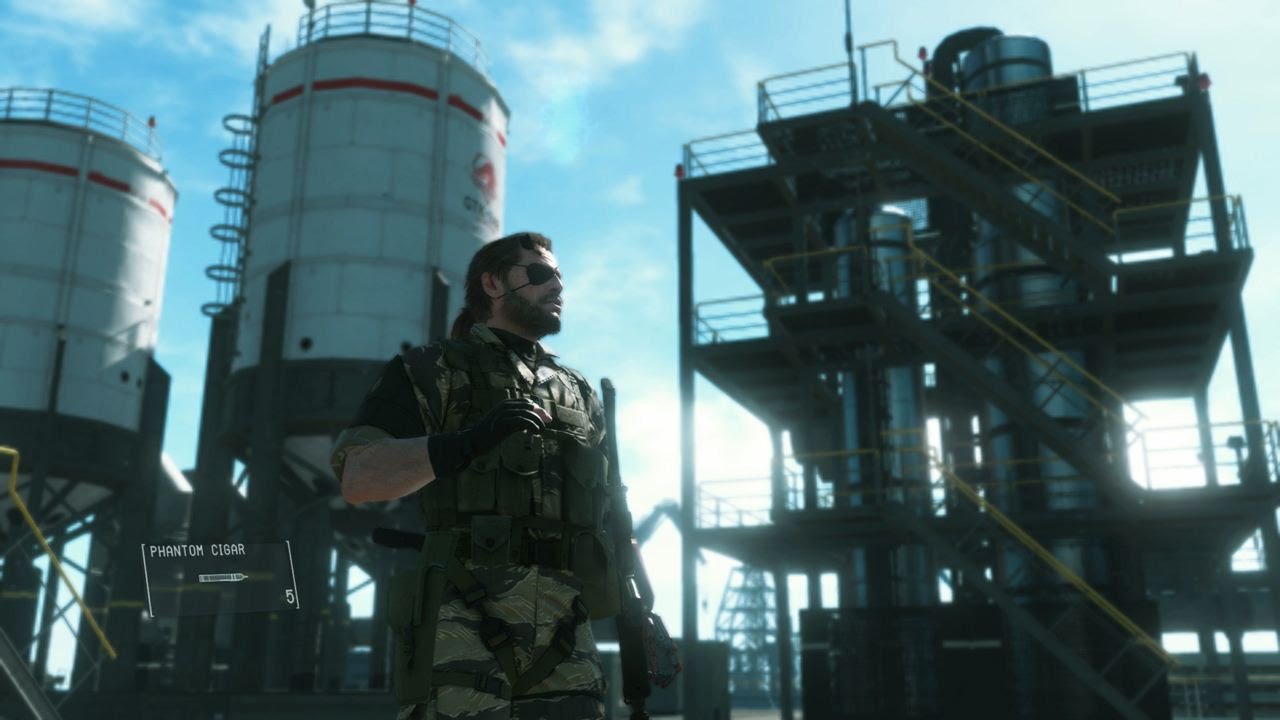
-
Destiny's Controversy
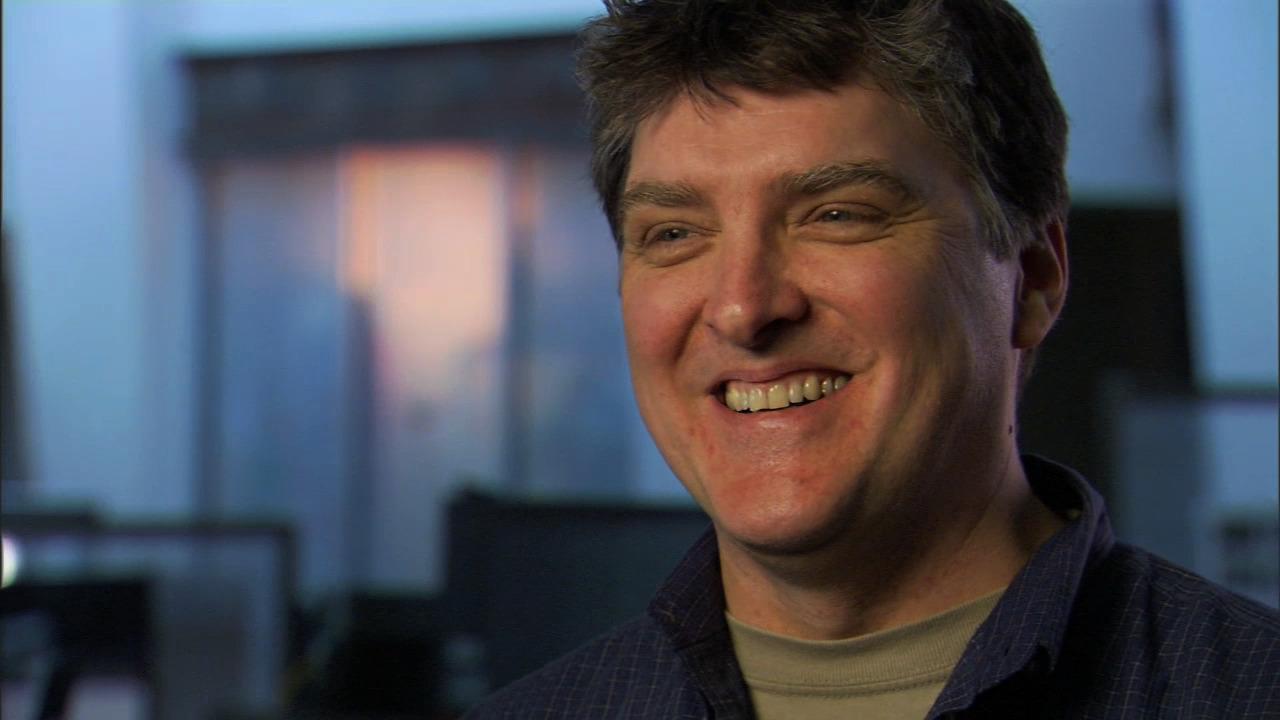
-
MGSV's Controversy
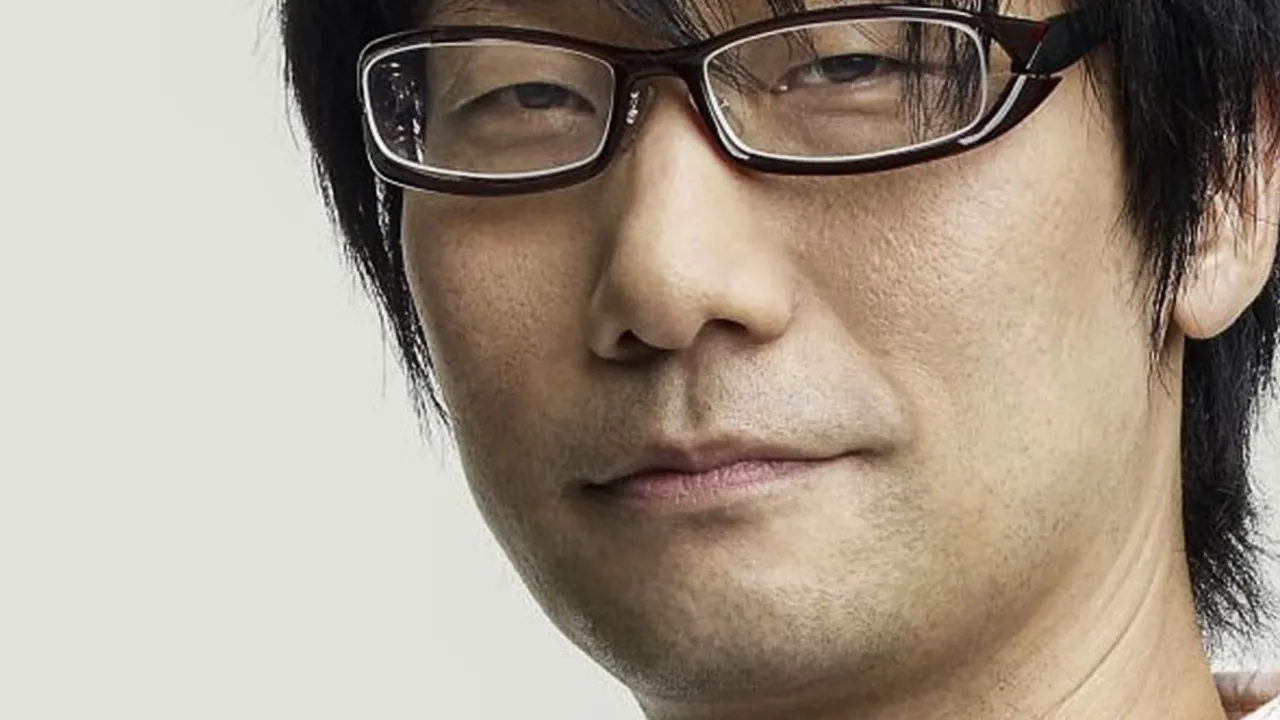
-
Destiny's Side Genre
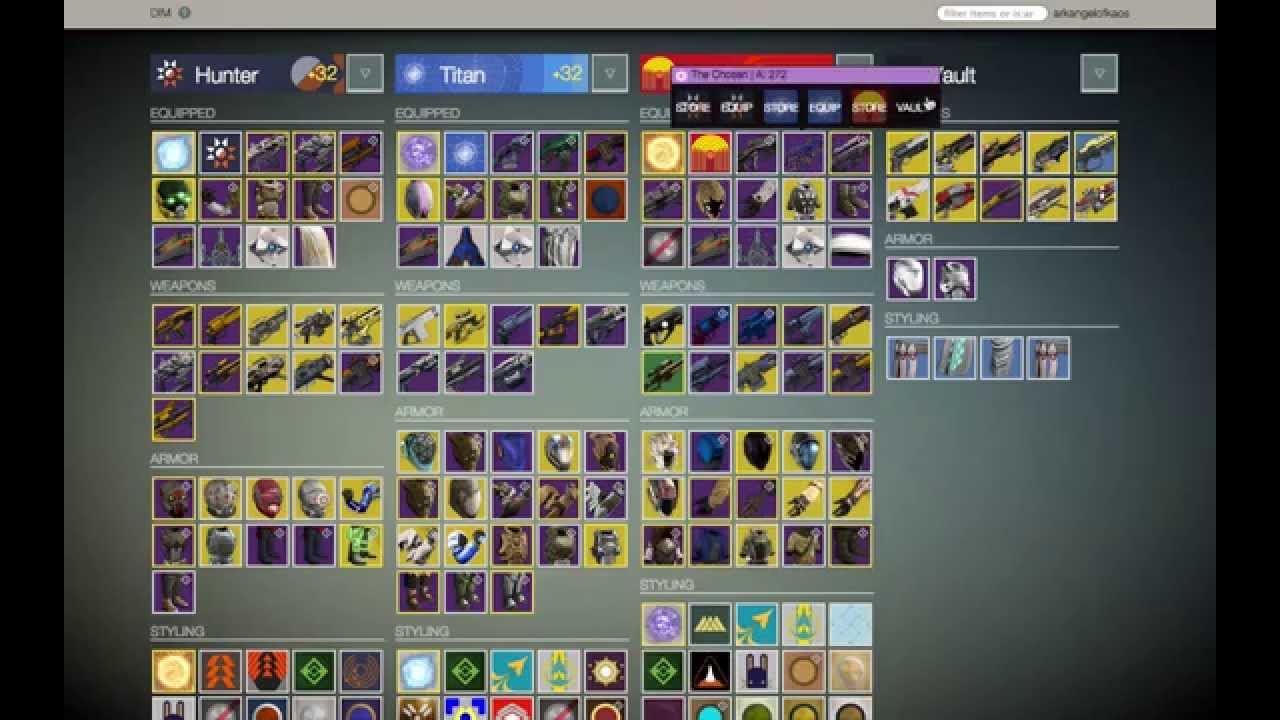
-
MGSV's Side Genre
